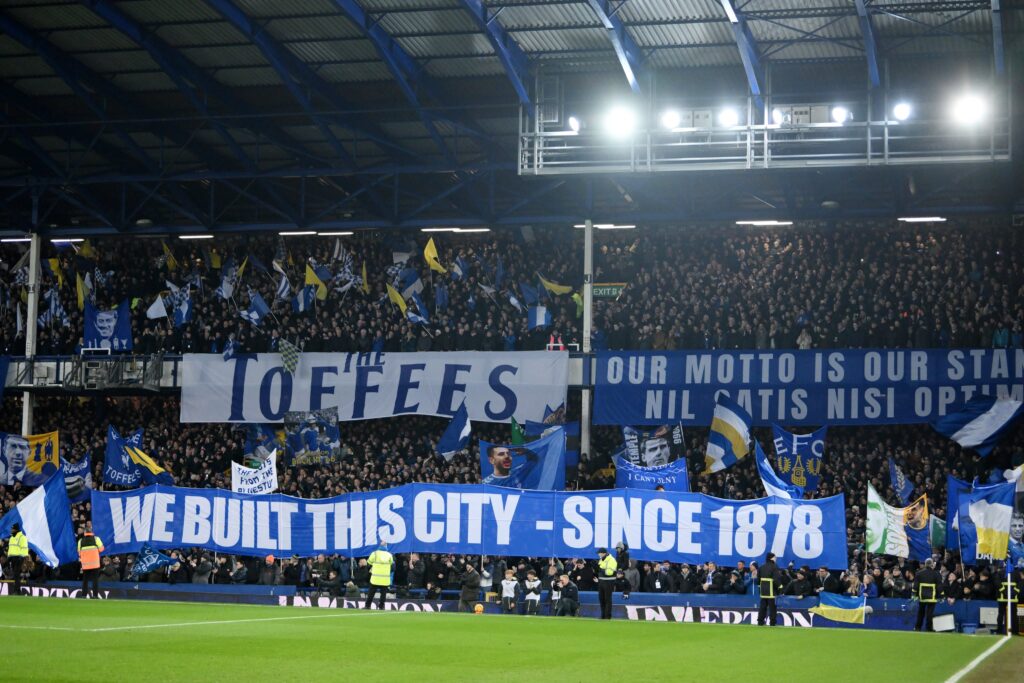
The cheapest ticket for last weekend’s Super Bowl in New Orleans was priced at around $3,000 (Rupees 2,60,000). On average, fans of the Philadelphia Eagles and Kansas City Chiefs paid over $8,000 to gain entrance. For the money paid for those cheapest tickets, a family of four could have bought season tickets to watch Borussia Dortmund, UEFA Champions League winners in 1997, at one of the most iconic stadiums in Europe. That season ticket, in the most expensive category, would allow them to watch over 20 matches this season.
In a nutshell, this explains why so many football fans in Europe are up in arms about clubs trying to go the American way, effectively pricing out working-class fans who are the bedrock of the sport. Over the past two decades, thousands of fans, especially in the UK, have given up their season tickets and even stopped going to matches altogether because they simply cannot afford the costs involved. And with the legion of foreign owners treating their clubs purely as an investment, that situation is only going to get worse.
Why do we mention this? On Wednesday night, Everton and Liverpool contested the 120th Merseyside derby to be played at Goodison Park. Before the start of next season, Everton will move to a state-of-the-art new stadium at the Bramley-Moore Dock, leaving behind their home of 133 years. Fortunately for the fans who turned up to watch, nearly 40,000 of them, they were treated to an occasion that they will never forget – a tinderbox atmosphere, a last-second goal that salvaged a draw for the home side, and the sort of blood and thunder that was always associated with English football.
Once, these neighbours who have contested more derbies than the cross-town rivals in Milan, Manchester and Madrid were separated only by the width of Stanley Park. About two decades ago, Liverpool seriously contemplated leaving Anfield, only for the intensity of the fan protests to convince them to redevelop the ground instead. The capacity is now over 60,000.
Everton didn’t find that a feasible option and are therefore leaving Goodison behind. The new venue will increase capacity by 13,000 seats, but is that really such a critical number? The reality is that the capacity doesn’t matter. What does is the number of hospitality boxes that the club can build and sell to sponsors and corporate clients. The blueprint in this case seems to be Tottenham Hotspur, who have a stadium that is the envy of most in Europe. The same Tottenham have won one trophy this century, but are among the ten richest football clubs in the world.
Their fans, unlike Everton’s, don’t live in one of the most economically disadvantaged areas in the UK. Eventually, if Everton – now owned by the Friedkin Group, so reviled in Rome after the dismissal of Daniele De Rossi, the local hero, as coach this season – manage to achieve some success, you can rest assured they will bring in a bigger name than David Moyes as coach. That will also see a stream of day-trippers come from across the world to watch matches, often the same people who were once Manchester United, Chelsea or Manchester City ‘fans’.
For them, there will be no emotional connect with the venue or the team. Hundreds of those on the terraces who celebrated James Tarkowski’s equaliser with clenched fists and roars had great-grandparents who watched Dixie Dean, grandparents who were enthralled by the team of Colin Harvey and Alan Ball, and parents who celebrated the amazing sides of the mid-1980s. It was that connection, which money can never buy, that gave rise to such a febrile atmosphere. As Alan Edge, a Liverpool fan, wrote in his book published in the late 1990s, it is the ‘faith of our fathers’.
The deliberate attempts to price out such fans and bring in those that only want to schmooze and take selfies will be the death of sport, and its working-class soul.